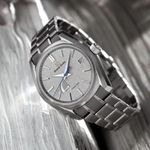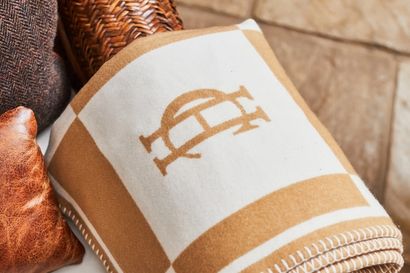Explore the seasons of Japan with Grand Seiko’s latest watches
From ‘Shosho’ to ‘Shunbun’, the 24 Seasons collection is inspired by the twenty-four ‘Sekki’ of the remarkable country…
How do you keep time? How do you track the minutes and trace the seconds of your days, months and years? Here at Gentleman’s Journal, we use our watches; kitted-out, tooled-up timepieces with meticulous movements that include GMTs, date-displays and annual calendars. We buckle them up, take their directions and let them lead us through our every single day.
In Japan, however, there’s more than simple minutes and months to live by. Since the 6th century, the remarkable country has split up and sorted its years into 24 ‘sekki’ — two-dozen spells and stretches that, every fortnight or so, tell a distinct story of tone, character and climate.
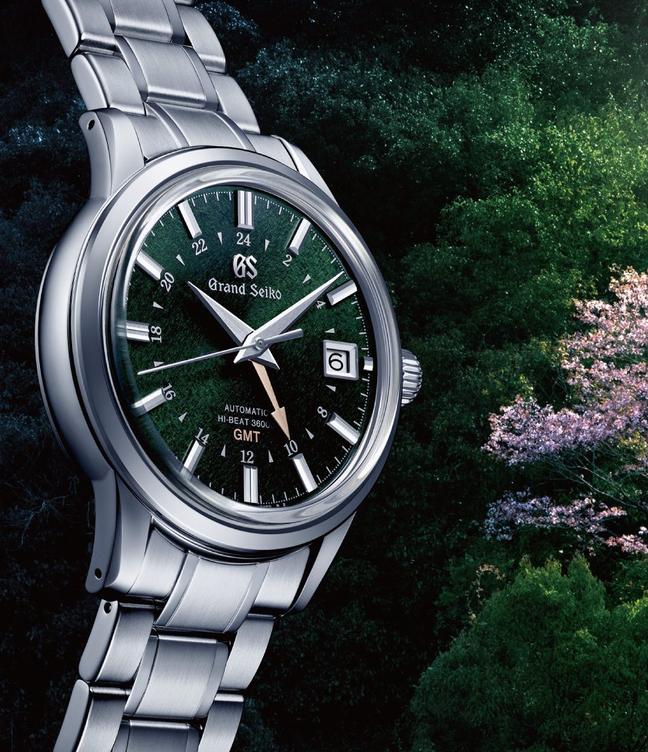

From ‘Rikka’ to ‘Risshun’, ‘Taisho’ to ‘Tōji’, these subtle changes in weather and nature have been incorporated into Japanese daily life — helping people chart seasonal shifts including the descent of frost, the growing of grain or even the awakening of hibernating creatures. It’s a typically enchanting-but-everyday practice in the remarkable country, and helps countrymen from Kitami to Kagoshima keep time all-year-round.
To celebrate this sensational heritage, Grand Seiko’s ‘24 Seasons’ collection takes its inspiration from the 24 ‘sekki’ of the country. A range of evocative timepieces translates Japan’s poetic shifts in season onto watches, and incorporates beautiful, naturally inspired designs onto the dials. Below, we’ve picked out four of our favourites…
Grand Seiko ‘The Winter Snow’ Spring Drive
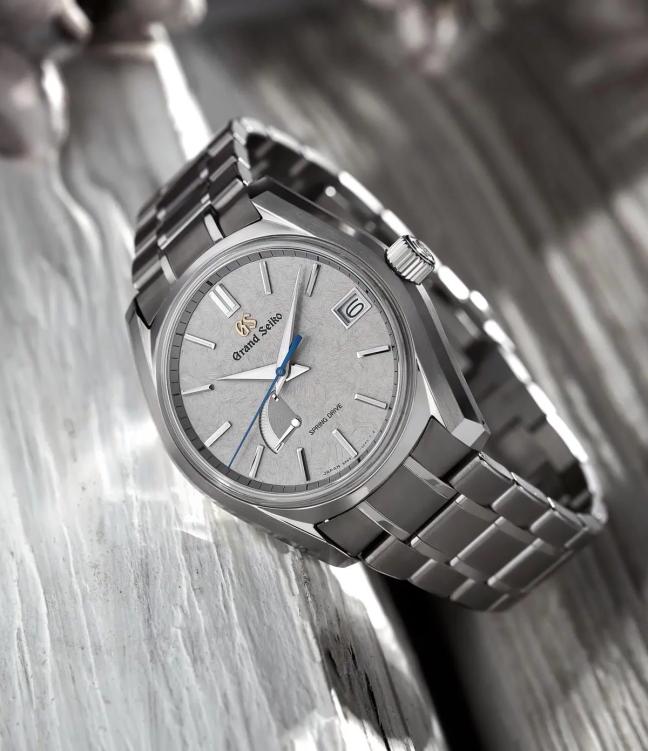
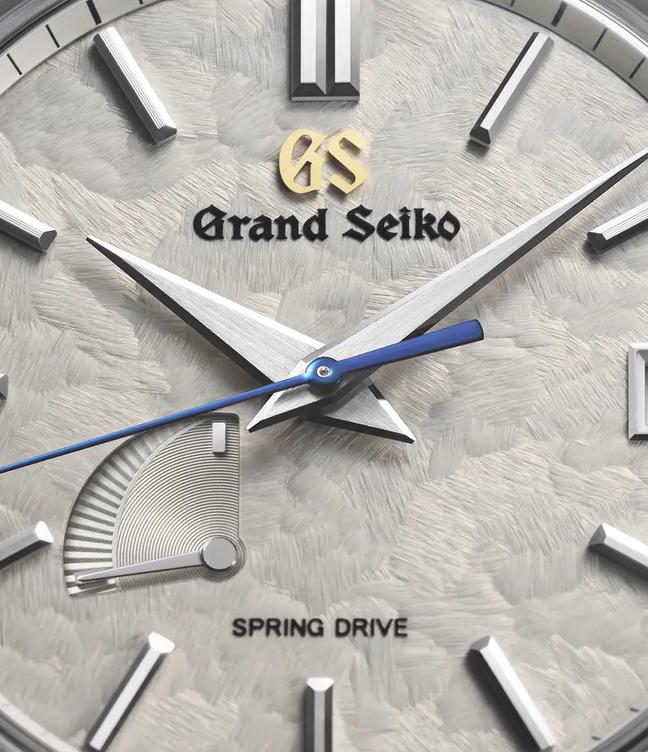
Which ‘sekki’ does it represent? The twenty-first; ‘Taisetsu’. With its frosty start at the beginning of December, this season celebrates the deep snow of winter — and the boulder pattern of this model’s grey dial echoes how the freshly-fallen flakes glitter against the sunlight.
What’s the most impressive feature? The iconic ‘Spring Drive’ movement. It may be a winter watch, but this incredible calibre is one of the most significant developments in modern watchmaking. Taking 28 years to develop, it generates energy with a mainspring combined with an electronic regulator — thus never requiring a battery change.
Why should you choose it? If not for that pioneering movement we just mentioned, we’d say versatility. Unlike some of the more overtly seasonal watches in Grand Seiko’s collection, this monochrome design will work with outfits all-year-round. And, crafted from high-intensity titanium, it’ll stand up to knocks and scrapes from January to December.
Grand Seiko Mechanical Seasons ‘Spring’
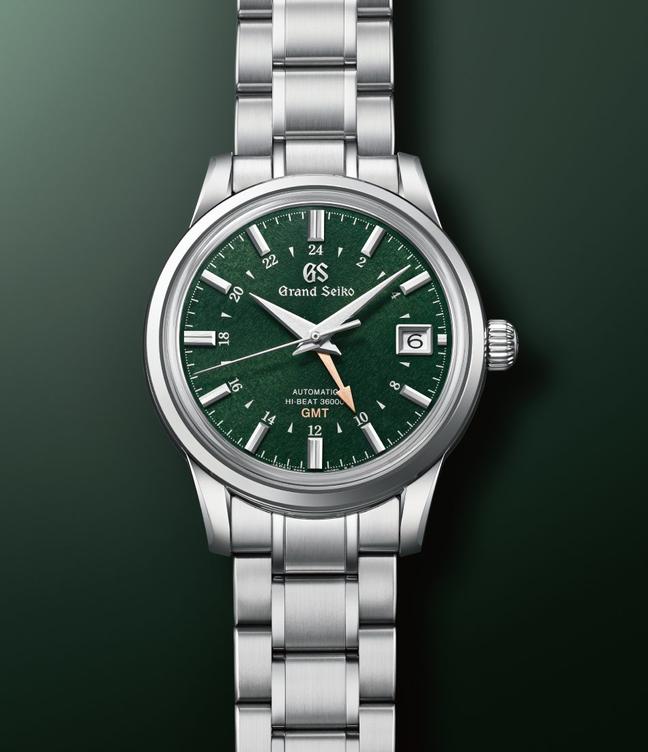

Which ‘sekki’ does it represent? An early period in the year; ‘Shunbun’. The fourth annual ‘sekki’ in Japan signals the arrival of the spring equinox, and the green dial and rose gold tone accents perfectly capture that fresh, natural feeling of mid-March.
What’s the most impressive feature? We’d have to go with the neat dial design. With more indices than you can shake a seconds hand at, this green Grand Seiko should look busy. But it doesn’t. Calmed down by that relaxing verdant tone, the indices, numbers, hands and markings work elegantly, effortlessly together.
Why should you choose it? Because it’s incredibly capable. There’s a power reserve of 55 hours, a GMT movement and handy splash resistance. This is a watch that breathes new springtime life into the modern trend for green watches — and gives you a timepiece worthy of daily wear.
Grand Seiko Mechanical Seasons ‘Summer’
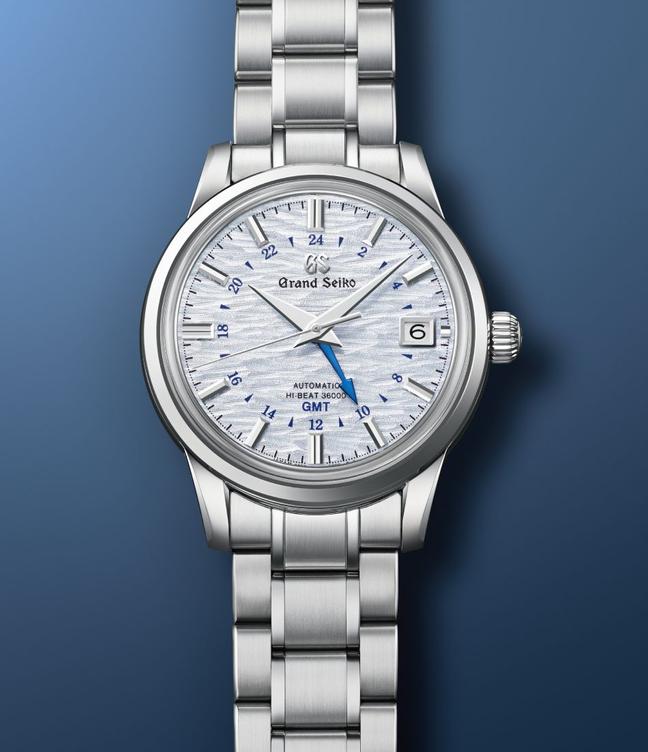

Which ‘sekki’ does it represent? ‘Shōsho’, the eleventh ‘sekki’ — and a period in early summertime just after the rainy season, when the refreshing southern winds breeze relaxing ripples across the sea and the lakes of the country.
What’s the most impressive feature? Like the ‘Shunbun’ watch above, the dial also steals the seasonal show here. It flows with those characteristic summer ripples, with tranquil blue lines ebbing across from the minute track to the date window.
Why should you choose it? If the distinctive design wasn’t enough to convince you, this ‘Shōsho’ watch also ticks to the tune of the sophisticated ‘9S86’ mechanical movement; its precision controlling mainspring, hairspring and escapement a study in innovative watchmaking.
Grand Seiko Hi-Beat ‘Autumn Moonlight’
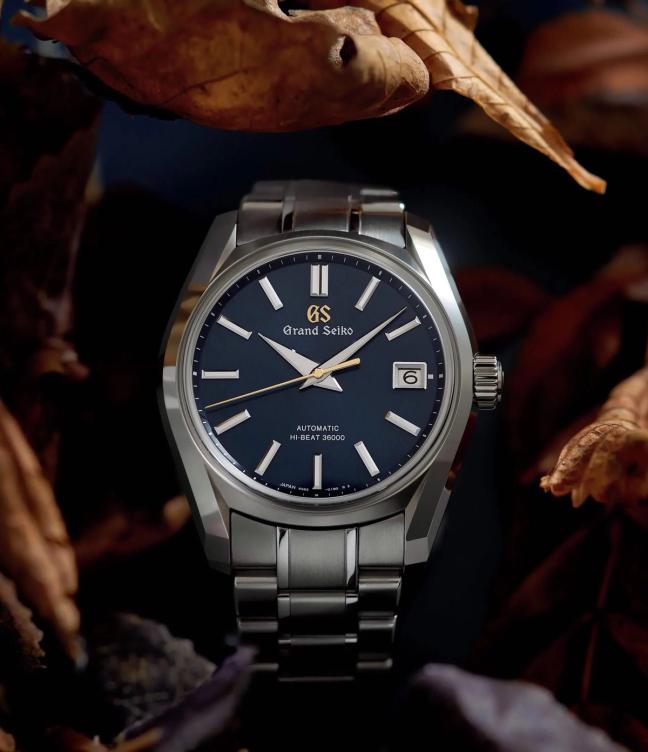

Which ‘sekki’ does it represent? The sixteenth ‘sekki’; ‘Shūbun’. Not to be confused with springtime ‘Shunbun’ above, this September-based season heralds the autumnal equinox, and the dark blue dial represents colder weather clouds floating through the sky.
What’s the most impressive feature? The whole package. Considering that this is the least expensive watch on this list, and arguably the one with the simplest design, Grand Seiko’s take on ‘Shūbun’ is incredibly bold. Thanks to the wonder-working of Takumi artisans, it’s a handcrafted stainless steel masterpiece.
Why should you choose it? For its humble character. Waves may not crash across its dial, and the design may not blossom with springtime greens, but this is a watch comfortable and confident in its abilities. It’s a sure, stable and thoroughly handsome timepiece; and one that’ll tell time as comfortably on long summer days as it will during those dark autumn nights.
Want to explore more of the Japanese Seasons collection? Visit the Grand Seiko store here…
Become a Gentleman’s Journal member. Find out more here.

Become a Gentleman’s Journal Member?
Like the Gentleman’s Journal? Why not join the Clubhouse, a special kind of private club where members receive offers and experiences from hand-picked, premium brands. You will also receive invites to exclusive events, the quarterly print magazine delivered directly to your door and your own membership card.

